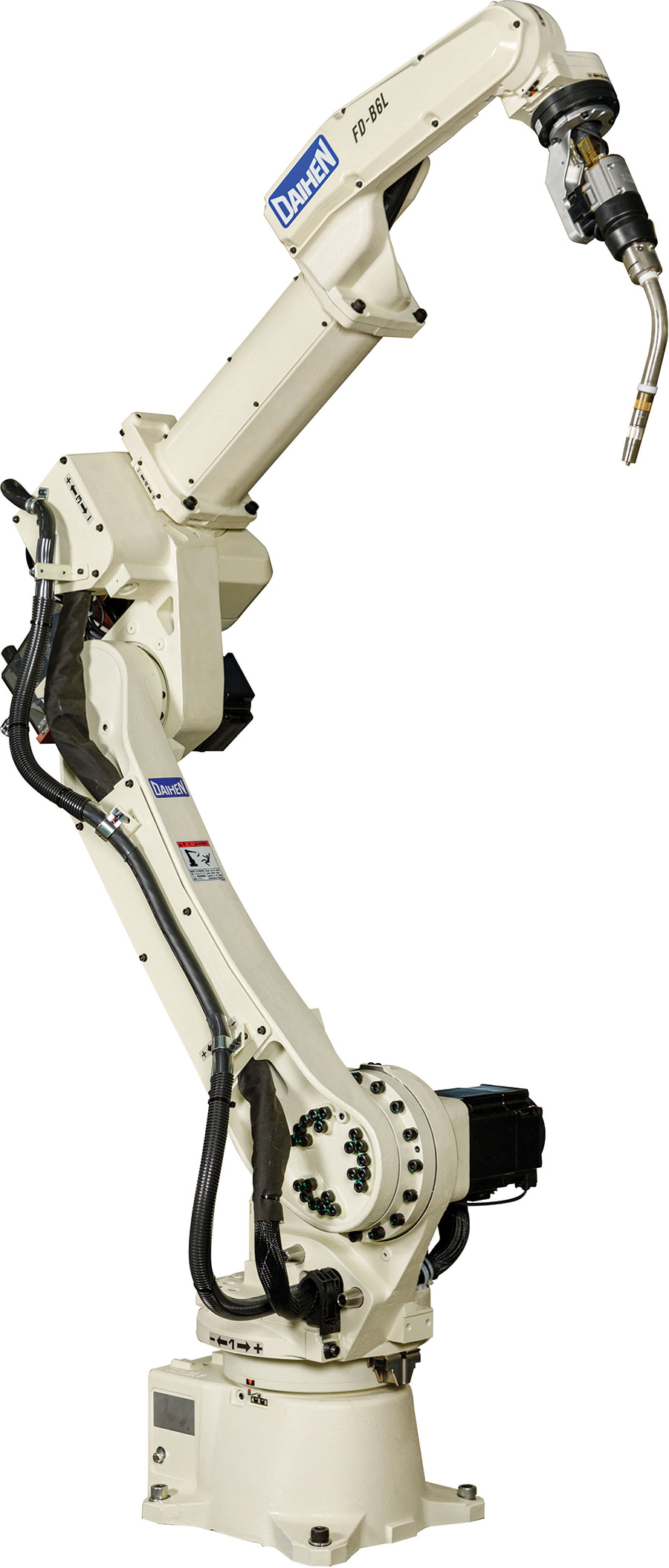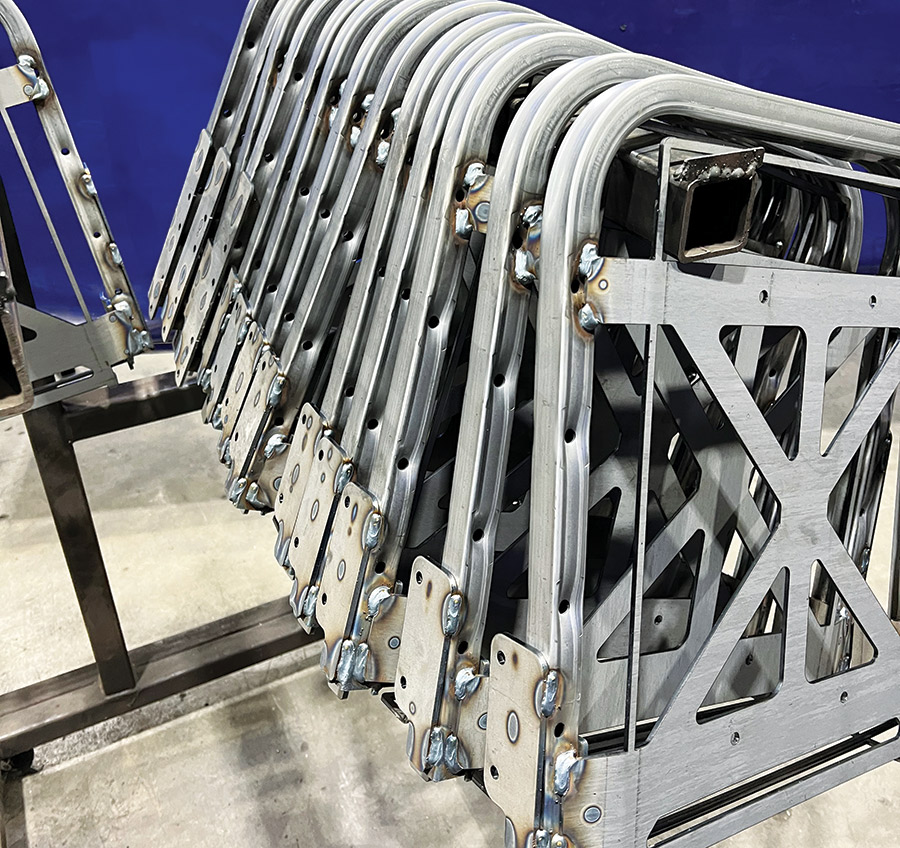
High
Volume
ccording to the 2021 North American Camping Report, there are 86.1 million households in the U.S. that have active campers. Tents remain a popular choice, but the number of households that own recreational vehicles grew by 2.6 million. More than 80 percent of campers changed their habits in 2020, choosing RVs for travel safety. With RV interest and ownership at a record high, data from the Ipsos Group showed that 46 million Americans plan to take an RV trip in the next 12 months.
“The RV market has been on an upward trend,” says Owner Jeremy Seniff. “When COVID-19 hit, the area we live in became a boomtown. RV production jumped from 480,000 units to 630,000 units. The supply chain has been stressed and strained, but I don’t see that as a bad thing. For us, it was a huge part of our growth.”
Seniff and his wife, Erin, opened JEC in 2013 in a 600-sq.-ft. pole barn. Today, operations are housed in a 50,000-sq.-ft. building. JEC partners with three key suppliers, sourcing structural and mechanical steel tubing through a mill-direct service center for just-in-time shipping. The fabricator laser cuts, bends, welds and powder coats parts. In addition to its custom work, JEC provides engineering expertise on design improvements, material input and metalworking processes.

Navigating market changes and competing against OEMs in the trailer manufacturing arena prompted Seniff to do his homework. He visited a peer’s fabrication shop and saw the consistency and quality that OTC DAIHEN’s robotic systems delivered. He also observed that skilled personnel could be moved anywhere in the shop versus being tethered behind a welding booth all day. “I thought this could be a game changer for us,” he says.
In October 2019, Seniff purchased an OTC DAIHEN ED-ARC; his team modified the unit to gain even more capacity.

 Robotic welding helps us look at how we make parts more efficiently.
Robotic welding helps us look at how we make parts more efficiently. 
The following month, Seniff added an OTC DAIHEN LT-ARC custom unit with one robot. It runs seven welding stations.
“The potential is huge for us,” he says. “We’ve been able to maintain our robot cells for a 10-hour shift, five days a week. We specialize in seating components for RVs like the arm for the captain’s chair. Our steel structures are transported to the [next] supplier, who fits them with foam before sending them to the upholsterer. We make approximately 600,000 of these parts annually.”
Prior to automating the process, JEC used three employees to weld chair arms 10 to 12 hours every day.
“Now I have one robot and one employee managing the process, but volume has increased significantly,” he adds. The chair component is fabricated by welding a pin to steel tubing. The automated cells have allowed JEC to expand the part to an integrated assembly. “We are in the process of automating our tube bending operations for this assembly.”
JEC has started a second shift. Once that shift reaches capacity, Seniff has plans for an additional robot. The company recently introduced a new chair frame part for the RV and marine industries.

For Seniff, automation is not about replacing personnel. “It’s about manufacturers solving the problem of how to keep production moving when you can’t get people. It’s also about having the right employees who can adapt to automation. My guys have really embraced it.”
JEC is hitting the market hard in 2022 with the confidence that technology like OTC DAIHEN’s robotic welding automation will give it the reliable technology needed for repetitive work, while freeing up its skilled personnel for more valued-added tasks.